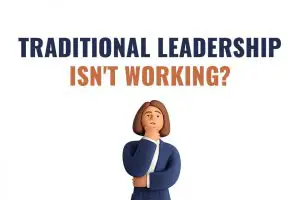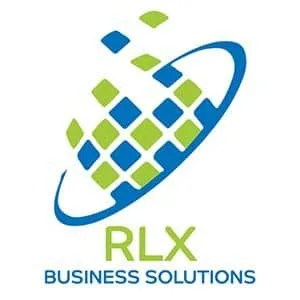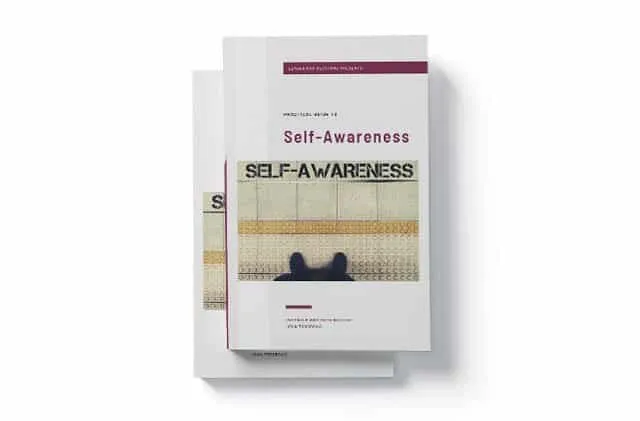It’s no secret that Amazon is one of the most successful companies in the world. But what is it that makes them so successful?
Some people say it’s their customer-centricity, others say it’s their focus on innovation. But there’s one thing that really sets them apart from other companies, and that’s their leadership principles.
These leadership principles are a set of guidelines that they expect Amazon employees to live by. And while they’re not perfect, they’re definitely something that other companies should aspire to.
However, there is a big problem with Amazon’s leadership principles.
Problem with Amazon Leadership Principles
Let’s look at the original 14 Amazon Leadership principles:
- Customer Obsession
- Ownership
- Invent and Simplify
- Are Right, A Lot
- Learn and Be Curious
- Hire and Develop the Best
- Insist on the Highest Standards
- Think Big
- Bias for Action
- Frugality
- Earn Trust
- Dive Deep
- Have Backbone; Disagree and Commit
- Deliver Results
The first thing that stands out is that the principles are focused on the customer. This is not necessarily a bad thing, but it begs the question: what about the employees? People have repeatedly criticized Amazon for its harsh working conditions and high levels of burnout among employees. Surely, employees should be considered when crafting a set of leadership principles.
In a 2020 letter to shareholders, Jeff Bezos wrote:
“Despite what we’ve accomplished, it’s clear to me that we need a better vision for our employees’ success. We have always wanted to be Earth’s Most Customer-Centric Company. We won’t change that. It’s what got us here. But I am committing us to an addition. We are going to be Earth’s Best Employer and Earth’s Safest Place to Work.”
Then, in July 2021, just a few days before Jeff Bezos stepped down as the CEO, Amazon added two new leadership principles:
- Strive to be Earth” Best Employer
- Success and Scale Bring Broad Responsibility
Does adding 2 new leadership principles solve the leadership principles problem? No, it does not. Is it a move in the right direction? Yes.
How can Amazon leadership principles evolve?
The workplace has changed drastically over the past 2.5 years, and it’s crucial that we focus on helping our people in the post-pandemic era. There are 5 leadership principles that I feel need to develop.
Customer Obsession -> Employee Focus
Leaders start with the customer and work backwards. They work vigorously to earn and keep customer trust. Although leaders pay attention to competitors, they obsess over customers.
“Customer Obsession” is one of the most well-known of Amazon’s leadership principles. And on the surface, it seems like a good idea. After all, what company wouldn’t want its employees to be obsessed with delighting customers?
But there are dangers inherent in this principle. For one thing, it can lead to unhealthy levels of stress and burnout among people who feel like they can never do enough to please customers. Additionally, “customer obsession” can cause unethical behavior as employees cut corners or take shortcuts in order to meet customer demands.
Leaders should focus on their people first, and in turn, people will take care of customers. Adding an “Employee Focus” leadership principle will encourage a healthy work environment in which leaders can nurture a holistic wellbeing.
Ownership -> Responsibility, Accountability, and Ownership
Leaders are owners. They think long term and don’t sacrifice long-term value for short-term results. They act on behalf of the entire company, beyond just their own team. They never say “that’s not my job.”
Another principle, “Ownership,” sounds good in theory, but can often lead to problems in practice. Yes, it’s important for employees to feel like they’re invested in their work and that their contributions matter. But “ownership” can also lead to a culture of blame when things go wrong.
It can also lead to a highly competitive work environment where employees are constantly stepping on each other to get ahead.
Leaders need to focus on painting a bigger picture for their people. When everyone understands what their responsibilities are, and hold themselves accountable, it will create an environment where people will want to take ownership.
Are Right, A Lot -> Seek Diverse Perspectives
Leaders are right a lot. They have strong judgment and good instincts. They seek diverse perspectives and work to disconfirm their beliefs.
This statement reminded me of something that Errol Gerson said: We have 2 intentions in life – to learn or to be right. You can be right, but it can be very lonely. The goal of leaders shouldn’t be to be right. Is it possible to be “right” a lot? And what if being “right” means making a decision that is unpopular with employees or customers?
Yes, we need confident and decisive leaders. But in practice, this principle can lead to a culture of groupthink, where dissenting opinions are discouraged, and bad decisions are made because no one wants to challenge the leader.
The right way to think about this is actually written in this principle and it should replace the original one. Leaders seek diverse perspectives. This will encourage a healthy debate, get leaders to articulate their reasoning and open themselves up to criticism and alternative viewpoints.
Bias for Action -> Thoughtful Action
Speed matters in business. Many decisions and actions are reversible and do not need extensive study. We value calculated risk taking.
This one speaks to the need for leaders to be decisive and take action instead of sitting on their hands and waiting for things to happen. Most times, taking quick action is better than taking no action at all.
The problem with this principle is that it can lead to hasty decisions without due consideration for the potential consequences. This can cause errors, waste, and ultimately a loss of trust from employees.
A better way to think about this principle is to take thoughtful action. Consider the implications of your decisions and actions, and make sure you are comfortable with the risks before taking them.
Leaders need to strike a balance between taking action and being patient enough to make sure that those actions are well-thought-out and will achieve the desired results.
Have Backbone; Disagree and Commit -> Radical Candor
Leaders are obligated to respectfully challenge decisions when they disagree, even when doing so is uncomfortable or exhausting. Leaders have conviction and are tenacious. They do not compromise for the sake of social cohesion. Once a decision is determined, they commit wholly.
Yes, it’s important to challenge decisions, but it often ends up creating a toxic environment where leaders tend to challenge directly with minimal or no care, which leads to obnoxious aggression. Kim Scott described this in her book Radical Candor, where managers personalize attacks and hurt people. This enables the growth of fear and resentment.
What she suggests doing instead is to care personally and challenge directly, which creates radical candor. Leaders need to be their whole self and care about each other as a human being. They also need to offer specific, sincere praise and kind, clear criticism.
What's next for leaders and Amazon leadership principles?
While Amazon has undoubtedly achieved great things, its culture is not without its flaws. Amazon’s Leadership Principles are meant to guide every employee in the company, from the CEO all the way to the newest entry-level hire.
However, many of these principles can lead to confusion among employees as they try to figure out exactly what they should do in order to live up to these principles. If they develop their principles in a way that promotes a human-centric workplace, we will see an amazing development in the coming years. This requires leaders to switch from outdated traditional leadership styles and become human-centered leaders.
If you want to become a human-centered leader, check out the article below, where you will get guidelines and strategies on how to lead in the new age of work.

Why traditional leadership styles aren’t working anymore
It’s no secret that the world of work is changing. The traditional leadership styles that many leaders are accustomed to using may no longer be







